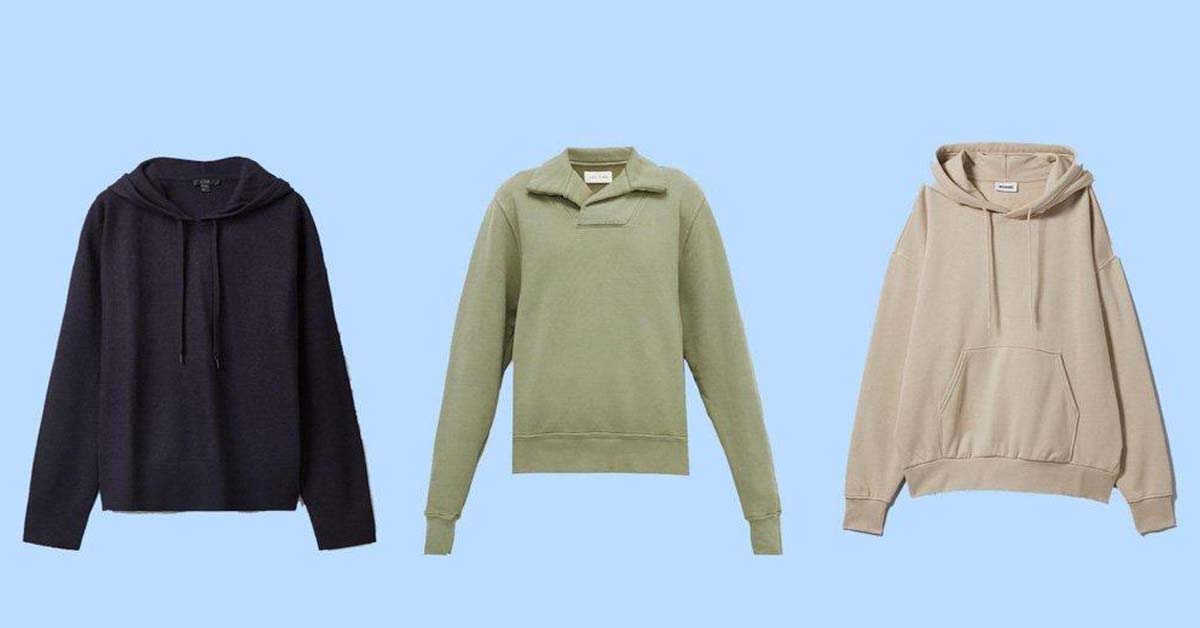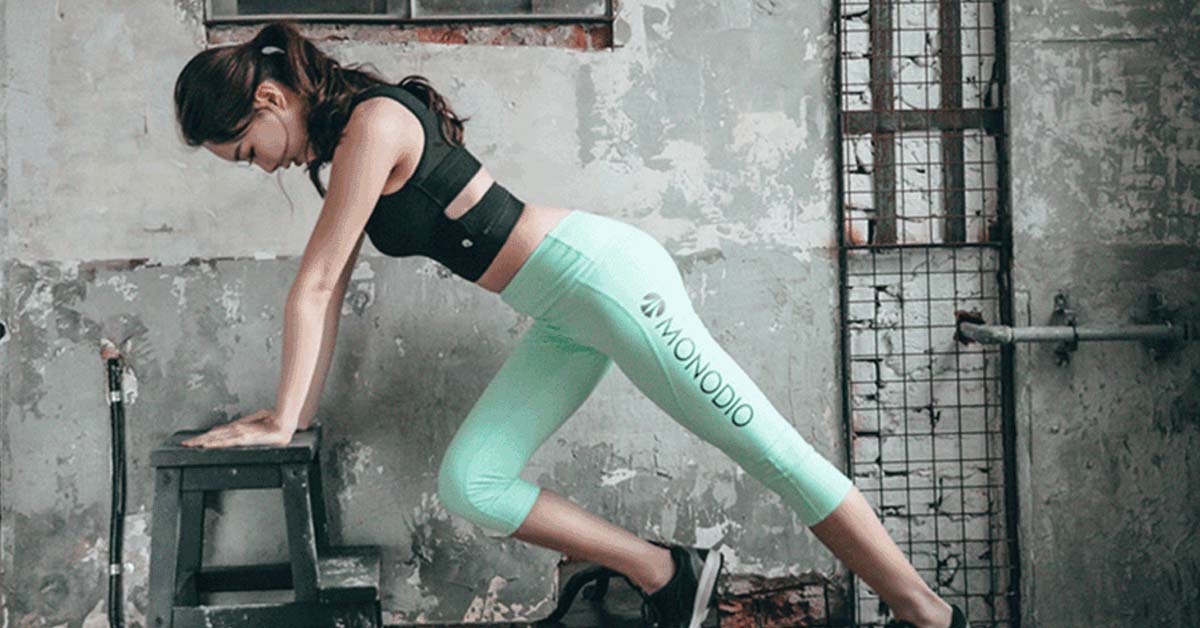
Manufacturing Different Types Of Bandage
Introduction to 4 different types of bandage
Gauze bandage
The gauze bandage, a basic woven strip of material or a woven strip of material with a Telfa absorbent barrier to prevent wound adhesion, is the most common type of bandage. Gauze bandages are available in a variety of thicknesses and lengths, and they can be used for practically any bandage application, including retaining a dressing in place.

Compression bandage
The word ‘compression bandage’ refers to 2 types of bandages with several uses.
Short stretch compression bandages are often used on a limb (typically to treat lymphedema or venous ulcers). Because this form of bandage can shorten around the limb after application, it does not exert constant pressure on the leg during inactivity.
Long stretch compression bandages feature long stretch qualities, allowing for easy adjustment of their high compressive force. They do, however, have a very high resting pressure and must be removed at night or when the patient is resting.

Triangular bandage
A triangular bandage, also known as a cravat bandage, is a piece of cloth that is folded into a right-angled triangle and secured with safety pins. People can use this type of bandage as a sling when fully it is unrolled, as a conventional bandage when folded, or for special purposes as on the head when fully unrolled.

This form of bandage has the benefit of being improvised and constructed from a fabric remnant or a piece of clothing. The Boy Scouts popularized the use of this bandage in many of their first-aid lessons, as a “neckerchief” that can easily be folded to make a cravat is included with the uniform.
Tube bandage
We usually apply a tube bandage with an applicator, weaving it in a continuous circle. It’s used to keep bandages or splints on limbs, as well as offer support for sprains and strains. It also helps to stop bleeding.

How Vietnamese manufacturers produce different types of bandage
For manufacturing gauze and other types of bandage, Vietnamese suppliers implement a similar process wherein only the specification of fabric & size of folded gauze are different. Moreover, the manufacturers will sterilize the gauze before final packaging.

Weaving of cloth
With the help of a handloom or a power loom, cotton yarn that meets the required specifications is woven into an open mesh fabric with the correct warp and weft count. This type of cloth is known as gray fabric, and it is non-absorbent.
Bleaching & Washing
The following step in making different types of bandages is bleaching the gray fabric in boiling kettles and bleaching baths, resulting in white, absorbent fabric. Starch is also used to treat the bandage cloth.
The bleached white fabric is dried by putting it through a tentering machine in a continuous length. As the gauze dries, this machine straightens, stretches, and holds it taut. The bleached white fabric is transferred to cutting and folding in the form of 18-20 meter rolls or as needed.
Cutting & packaging:
Because the bandage fabric is now available in 18-meter lengths, it is put into a winding machine to make a roll of bandage cloth. This roll will be ready for manufacturing little rolls of 3 or 5 meters length or whatever length is necessary after a sufficient length of about 200 or 300 meters is wound or aluminum square rolls provided for the purpose.
After winding on the winding machine, the bandage roll is placed on the rolling machine to be wound on stainless steel rod provided under pressure roll to produce attractively compressed rolls of various diameters ranging from 3 to 4 meters. The paper used to cover the roll is passed over a felt roll that rotates due to friction. At the end of the paper, an adhesive solution is applied, and the machine is restarted so that the paper covers the entire roll.
On the bandage roll cutting machine, the bandage rolls can be sliced into required length pieces. The components are usually chopped into 3-inch to 6-inch widths. After the cutting is completed, the cut rolls will fall from the table’s chute. Autoclaves are used to sterilize these rolls for roughly 5-10 minutes. Following that, these rolls are gathered and packaged in dozens or in bulk for selling.









